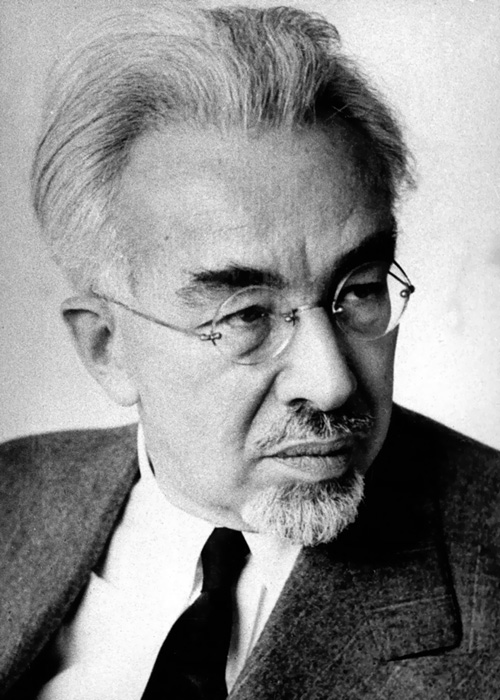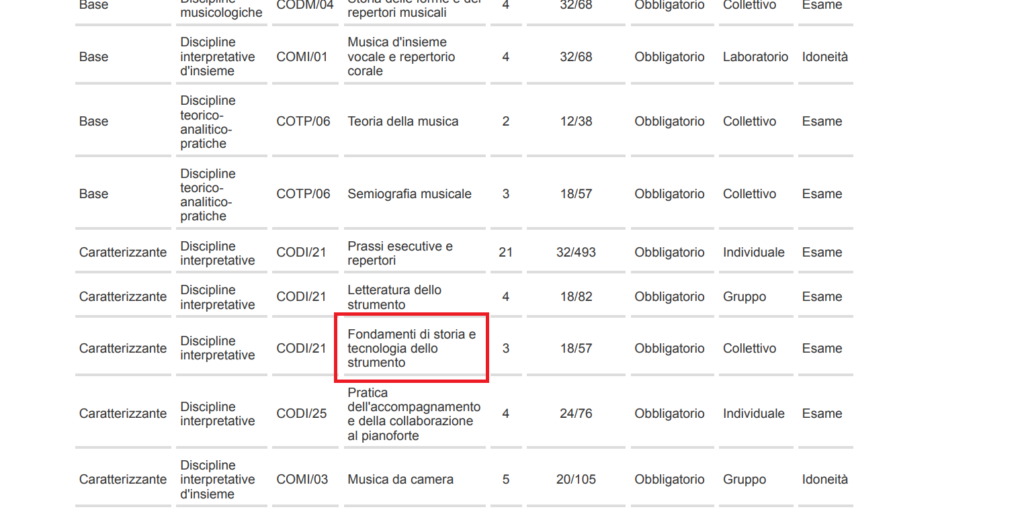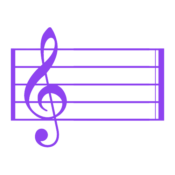Table of Contents
Introduction
In this article we will talk most practically and concisely possible about Curt Sachs (1881-1959), considered the founder of modern Organology: he investigated the main historiographical events that hinge on this discipline, and from which we draw today the results of important musicological investigations.

Where to start?
The introductory manual to Sachs’ work is certainly History of musical instruments, a text that ranges from the tam-tam of prehistoric times to the string, wind and percussion instruments of the great civilizations of Greece and Rome, to the Middle Ages, the Renaissance, Romanticism, up to the most recent trends in jazz, rock and computer science applied to music1source: https://amzn.to/3bNTE5m. You can order a recent re-edition from the link below: if you do, a small percentage of your purchase will go to support this blog.
What is organology?
Renato Meucci in his Fondamenti Di Organologia Musicale points out some particularly curious wording that can help us to define more specifically, starting from the incorrect definitions and excluding them, what Organology is: for example, when we say organological study of an instrument we are affirming with different complements in the form the same identical content, as organologic already means of an instrument. A clumsy use, which Meucci traces back to a text published in 1941 by the American musicologist Nicolas Bessaraboff entitled Ancient European Musical Instruments (the title is not indicated in Meucci’s text); or again, the Italian musicologist, in the same text, points out those who use the term to define the study of the organ, while organology has its root in Ὄργανον, that is in Órganon which means (musical) instrument and therefore indicates an extended approach, a study of musical instruments in a broad sense. Lately, in some academic programs, the subject of Organology is indicated with the words History And Technology of Musical Instruments. The wording is not only adopted in the field of research, but also in the academic field. Let’s take as an example the study plan of the Classical Piano course, published on the website of the “Guido Cantelli” Conservatory of Novara2source: www.consno.it:

Meucci points out that this different way of calling the matter of Organology proposes a new distinction between historical and technological aspects, around which the fulcrum of organology oscillates, and adds:
[…] Organology is increasingly oriented towards technical rather than historical activities, to the point of sometimes suggesting that those who deal with musical instruments should be nothing more than a specialist in mechanical, constructive or even measurement issues.
Renato Meucci
When was organology born?
The first studies on the nature and structure of musical instruments date back historiographically to the sixteenth century, when numerous texts were dedicated to the description and illustration of musical instruments3source: Renato Meucci, Organology: Definition and Contents Of A Recent Discipline. The name of the discipline, from the Greek term, was introduced by Michael Praetorius in 1618source: 4Michael Praetorius, Syntagma musicum. But it will be only between the nineteenth and twentieth centuries that a research on the classification of musical instruments similar to the one we still use today will begin, thanks to the research of Victor-Charles Mahillon and François-Auguste Gevaert, completed and further expanded and refined by Eric Moritz von Hornbostel and Curt Sachs. It was the latter scholars who systematized a subdivision into five organological classes, based on the type of material with which the instrument produces sound: this classification is articulated as in the table below.
| Cordophones |
| Aerophones |
| Membranophones |
| Idiophones |
| Electrophones (new to the Hornbostel-Sachs system) |
In Europe, on closer inspection, we have been very slow in conceiving a valid organological arrangement. In China, for example, already in the VIII Century a.C. there was a classification called bayin (八音) and which was based on the stamps of eight different materials:
| Metal |
| Stone |
| Silk |
| Bamboo |
| Pumpkin |
| Earth |
| Skin |
| Wood |
An introductory source to this system of grouping and studying musical instruments in the East is a video from the MTSU Center for Chinese Music and Culture, which you can watch below:
In this regard, it is important to consider that before Hornbostel and Sachs a European systematization in four categories had been introduced, which would seem to have been inspired by the Oriental Nātyaśāstra, a Sanskrit treatise on the dramatic arts. The text is rich in details on the musical instruments of the time, and represents a valuable source for organologists around the world.
The Hornbostel-Sachs Classification
As we have anticipated, it was the Belgian instrumentalist Victor-Charles Mahillon who divided the instruments into four categories. This classification, although not original as it was already used for the Nātyaśāstra, was based on the different nature of the material used by the instrument to emit the sound. The merit of Mahillon was to have extended this system of classification to the instruments of Western classical music; by “cultured music” we mean that object of musicological investigation. In extending the classification, however, Mahillon focused exclusively on Western culture and did not rewrite or expand Eastern conceptions. It can be said that he did not deal with it at all and that his system is in practice limited to European instrumentalism. Hornbostel and Sachs, on the contrary, extended this way of classifying musical instruments to the rest of cultural manifestations, all over the world and without distinction; in addition, they added in 1961 a fifth category, which we have seen above: electrophones. These five groupings undergo further ramifications (about three hundred). In the following paragraphs we will make a summary of these categories.
Given the difficulty of the topic, which does not lend itself to analytical insights in an online article, we remind you that further insights are available in our individual online course: you can find the program in the online courses section > the course program, or book an individual lesson online by consulting the availability calendar directly here.
Autophone Instruments
The first part of the classification concerns autophone instruments, a name that includes the auto-element, from the Greek autós which means itself: this first segment includes all those instruments whose vibrating body is made up of the body of the instrument itself5languages.oup.com. As you can easily guess, these instruments are mostly percussion: an example is the triangle, the xylophone, the cymbals.
Membranophone Instruments
The sound in these instruments comes from a membrane, which can be stressed by hitting, rubbing or exerting friction on it. In some of these instruments, it is the voice of the performer that gives the impulse to the vibration of the membrane.
Cordophone Instruments
The sound of these instruments is produced by strings stretched in vibration, which are beaten, rubbed or pinched. Many of the best-known instruments, including the piano, guitar, violin, viola or cello belong to this category.
Aerophone Instruments
The name of this category of instruments suggests that their sound is produced through the vibration of the air, which can come from the breath of the performer, such as the flute, the oboe or the trumpet, or from a specific tank, as in the case of the organ or accordion.
Electrophone Instruments
The category of electrophone includes all those instruments in which it is an electronic circuit or an electromagnetic device that produces the sound. Very often it is thought that the electric guitar, the electric bass, the electroacoustic harp or other instruments of this type fall into the category of electrophones: in reality it is necessary to distinguish between those instruments that produce sound by electronic or electromagnetism (for example the digital piano, for the first case, and the Hammond organ for the second), and whose sound depends strictly on these components, on those instruments that produce a sound through the stress of the strings (think for example of the electric bass) which is then transmitted to an electronic component (for example through a magnetic device) that deals with amplifying the sound already produced (hence the name amplifier).
Conclusions
For today’s article we stop here: continue to follow us, in a next page we will continue this very interesting speech, analyzing in detail Verdi scores in the Musical Analysis section. You can subscribe to the e-mail form to not miss the next updates and receive a notification at each new publication: see you in tomorrow’s article!
- History Of The Piano – The Fortepiano - July 12, 2022
- Curt Sachs – History Of Organology At a Glance - July 8, 2022
- Giuseppe Verdi – Rigoletto, Il Trovatore, La Traviata - June 29, 2022
